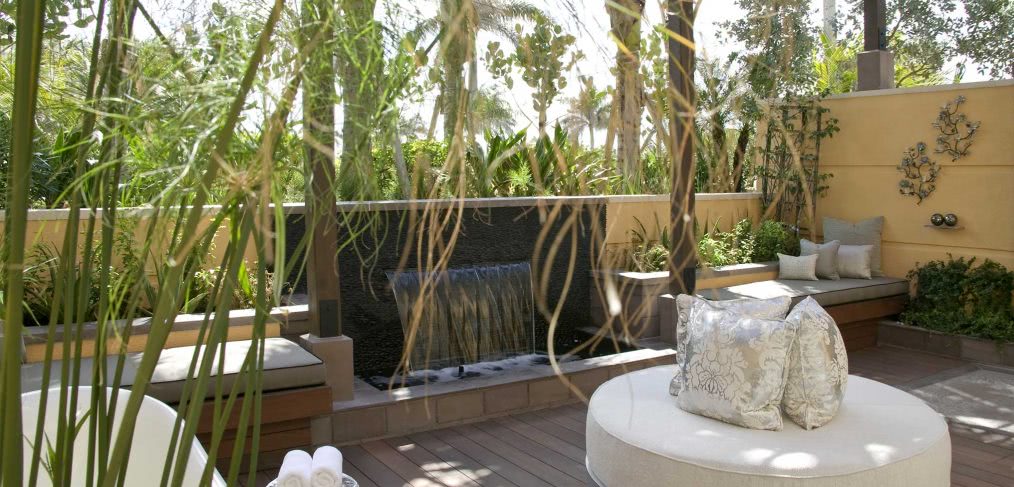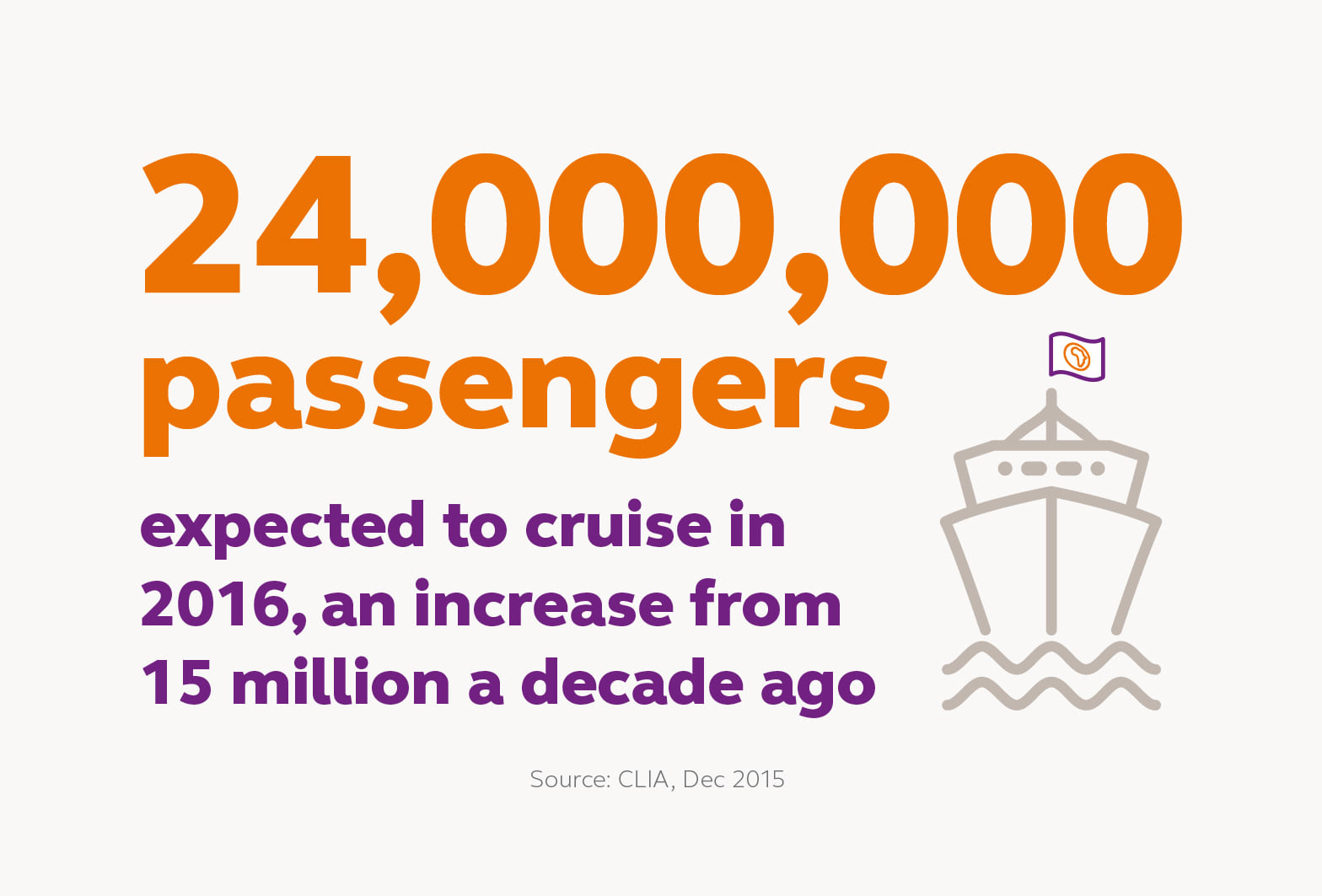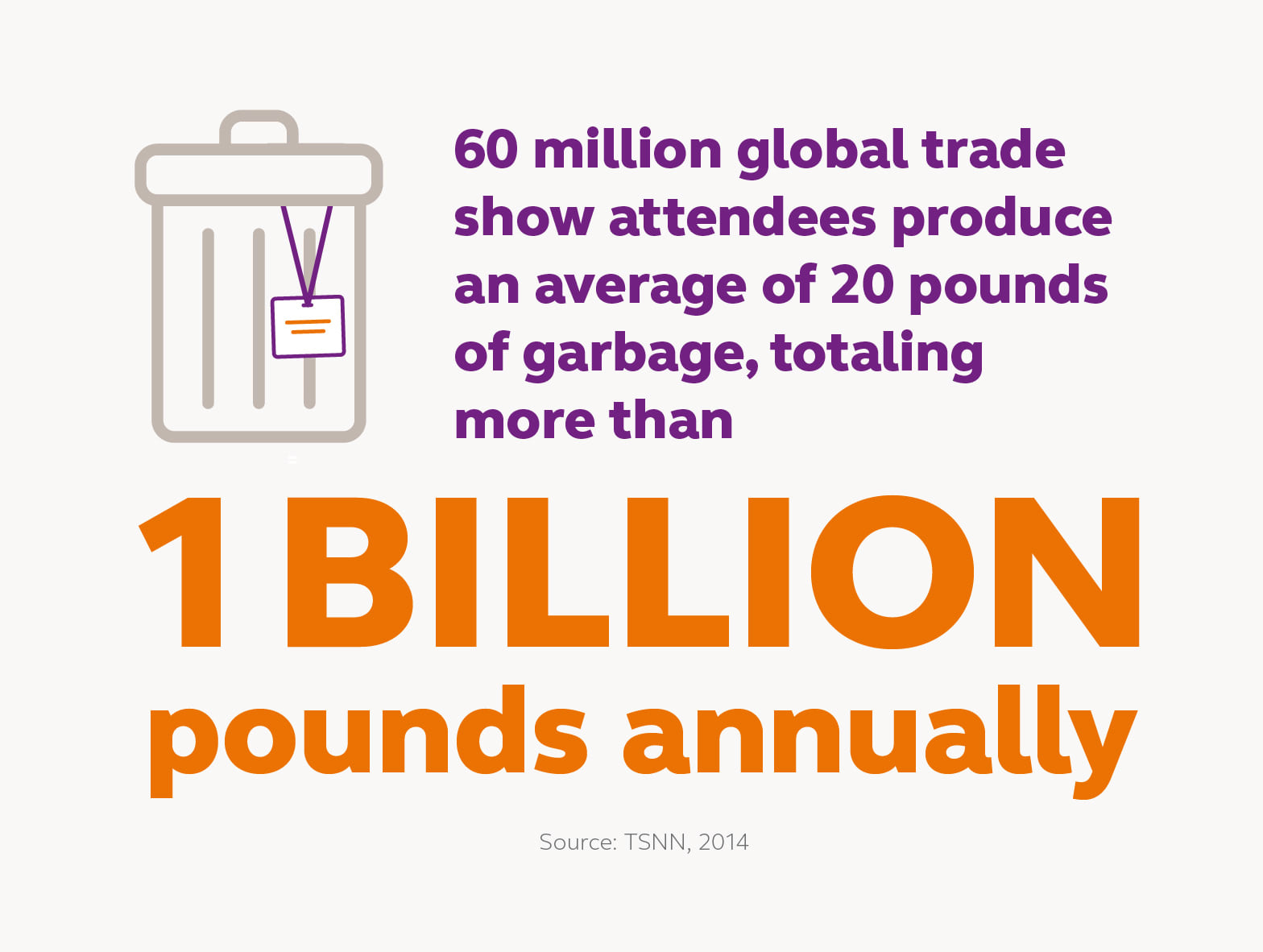
DATÜM: Eco-Friendly Tourism
We’ve got wanderlust and we’re not the only ones. As we gear up for summer, our research shows that travel numbers are off the charts and unlike other commercial buildings, hotels and tourism activities consume resources 24/7. In celebration of Earth Week, CallisonRTKL’s Kristin Tilley takes a look at why and how the hospitality industry is accommodating guests in a more eco-friendly way.
Global Influencers
We’d all like to think that environmental and preservation efforts are born out of a deep-seated desire to do the right thing, but the truth is, they’re usually created out of necessity. With populations rising in major cities around the world and emerging market cities climbing the list of top travel destinations, preparing for and mitigating the impact of an influx of people is no longer optional. According to the USGBC, the hospitality industry’s annual environmental footprint is over $4 billion in energy use, making up 1.2 trillion gallons of water and millions upon millions of tons of waste. That kind of consumption may sound alarming, but it also means that the hospitality and tourism industry has a significant opportunity to curb waste and create a positive impact. Consider the following:
- By 2030, there will be an extra billion people in the world, of which 20% will be travelling [source: Amadeus, 2015]
- Two-thirds of the global population live in conditions of extreme water scarcity at least one month during the year [source: Science Advances, Feb 2016]
- Nearly 134 million square feet of hotel space is currently LEED-certified [source: USGBC, 2016]

Green Inspiration
The rise of tourism and consumer demand has spurred the hospitality industry toward massive waste reduction efforts. A few noteworthy trends include:
- Zero Waste Conferences
Convention centers in particular are known for extremely high operating costs and massive amounts of waste, resulting in a clamor for sustainable design solutions and green operating practices. At the Vancouver Convention Centre, nearly half of the total volume of waste generated is recycled annually and energy and resource use is monitored in real time. Additionally, the building takes advantage of adjacent seawater and uses it in a specialized system that cools the facility during warmer months and heats it in cooler months. Pretty remarkable for such a huge space, eh?
- Water Positive Cruises
In the early years of the modern cruise industry, the ships would fill potable water into holding tanks at the ports for use by the passengers and crew; additional tanks were designated for holding grey water and black water. Newer cruise ship vessels like Royal Caribbean’s Oasis of the Seas employ a rapid desalination system instead of maintaining holding tanks of potable water. Grey water and black water are treated through a tertiary standard, with the former used to replenish potable water and the latter for cleaning, laundry and other non-consumable water usage. Thanks to these two advancements, cruise ships are becoming water positive: supplying water rather than simply consuming it.
- Floating Luxury Resorts
Building permanent hotel stock to deal with a temporary influx of visitors is anything but sustainable, and not only from an environmental perspective—an oversupply of hotel rooms results in high vacancies and plunging room rates, resulting in job loss and economic stagnation. Yet high-profile events like the World Expo in Doha inevitably create a swell of profitable demand that must be met somehow. To assist in managing the room surplus before and after demand peaks, Doha has been considering ‘flotels’ or floating hotels along with a fleet of cruise ships. The proposed £1BILLION Shimmering Pearl Floating Hotel, a luxury “semi-submerged hotel resort” a mile offshore, could provide additional rooms to accommodate visitors without negatively impacting the hospitality real estate market in Doha. The hotel is planned to open in time for World Expo 2020.

Inventing a better standard
Guests benefit from a healthier environment and a growing number of travelers say they seek out green hotels and are willing to pay more to stay in them. It’s clear that high-performance hospitality design presents an enormous opportunity for the tourism industry, but sustainable solutions of this massive scale must go far beyond basic LEED certification and design to higher standards of sustainability. But how do hotels or communities make the jump from a simple recycling program to creating a net-zero community or building?
- Prioritize a Strong Economy and Ecosystem
Anticipate developmental needs well before playing host to massive entertainment or tourism events. What resources will be impacted after the event is over and visitors have gone home? Could the newly constructed space and its materials be repurposed? Design with the goal of minimizing potentially damaging impacts to the community’s economic, social and environmental norms.
- Everything and Everyone is Connected
Who’s ultimately responsible for implementing these socially conscious decisions? This conversation can feel like a game of musical chairs where no one wants to be the last one standing. Successful implementation and investment happens only when multiple stakeholders are involved and committed.
- Infusing ‘Green’ Into Your Brand
The brand’s constituent parts should echo a commitment to sustainability. To resonate with guests, there needs to be a clear ‘green’ message and an operations plan to back it up. Monitoring energy and resources in real-time allows visitors to see the social change and impact they are making.
- Think Beyond Current Regulations
Currently, U.S. Public Health standards do not allow black water to be reused as potable water, even after treatment. But industry leaders, such as the Living Building Challenge, are designing with the notion that these laws will likely change in the future.
